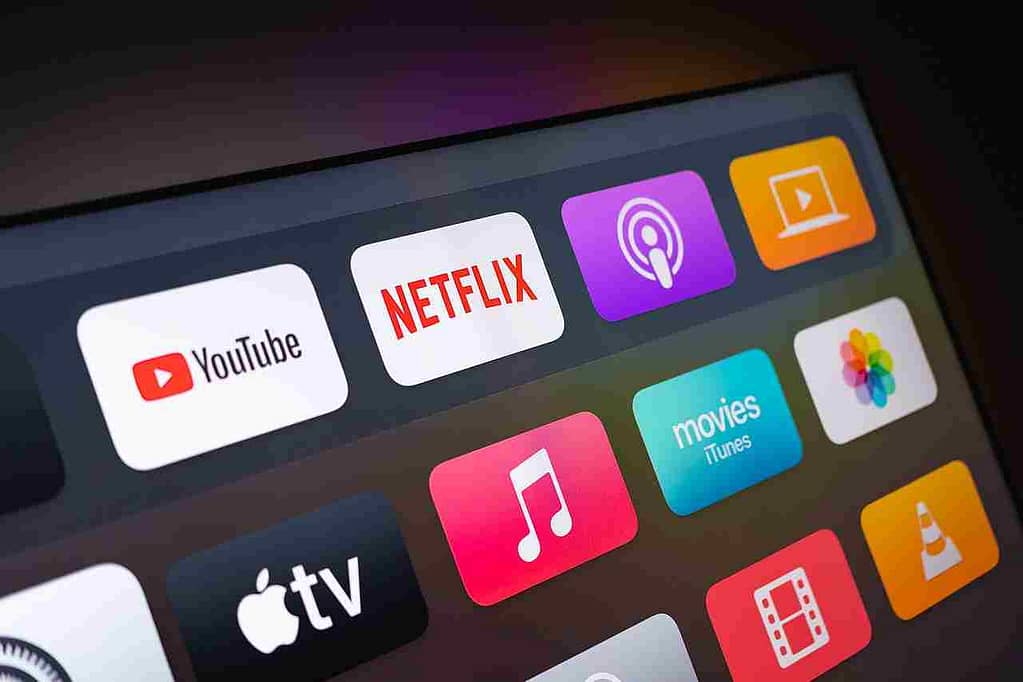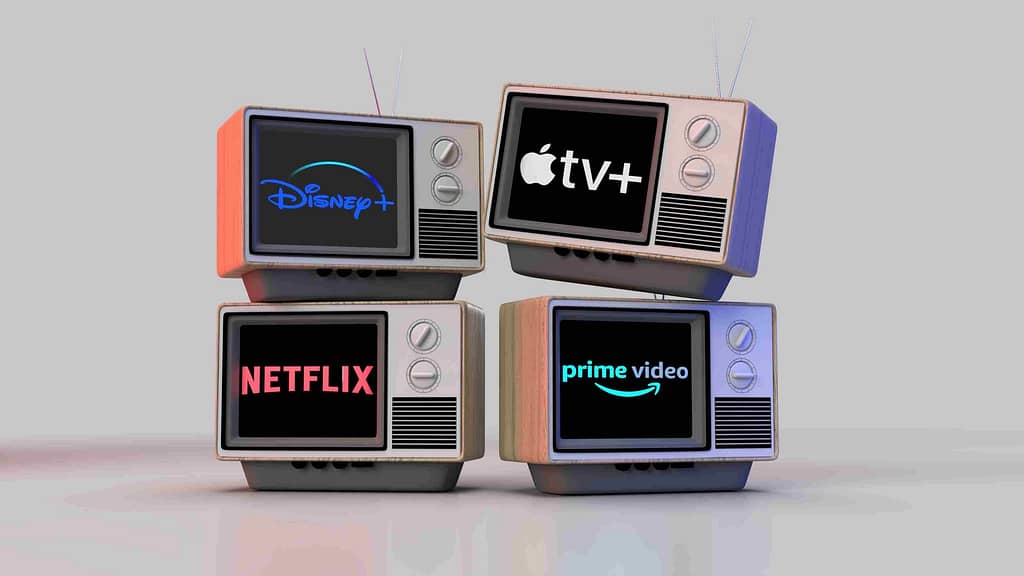History does, as we have all heard, occasionally repeat itself. Take a look at how video destroyed radio stars, DVDs destroyed conventional cassettes, and online material destroyed DVD sales.
Similar to how DTH (Direct-to-Home) and cable providers battle emerging OTT (Over-the-Top) services for survival today.
The term “over-the-top platforms” (OTT platforms) refers to web-based services that provide streaming audio and video content. You don’t need to deal with a cable company, satellite connection, or other broadcasting platforms to pay for the information you wish to watch.
The advent of streaming services, which redefined what it means to “watch TV,” has drastically altered the way we consume material. There are a seemingly limitless number of alternatives that give customers discretion over what and when they view, from transactional aggregators like Vimeo On Demand to subscription-based services like Netflix. Because of this, it’s critical that content producers create the ideal OTT approach.
Younger customers have shown us that people demand freedom of choice and they want it now, which is why OTT firms have been successful. Over 820 million linked video devices are currently present in the US, and 71% of internet users utilise an OTT service at least once each month as a result of its popularity. As the capabilities of the internet and OTT distribution continue to advance, these figures are continuously changing. It’s simple to see the enormous potential to profit from OTT when combined with the reach of the many different streaming services that are already offered.
Why Broadcasters are shifting to OTT?

An amazing rise of three times is predicted for global mobile data traffic in only three years! Likewise, it is anticipated that the percentage of households using Smart TVs would increase from 11.5% in 2013 to 32% in 2019. In fact, video accounted for 65% of all internet traffic in 2023 (take that in).
It’s obvious that viewers are watching more movies online and for longer periods of time. In order to get a piece of the pie that is constantly expanding, broadcasters are creating their own OTT services. At the same time, fewer people are watching television. For the first time in television’s history, marketers are investing more in digital platforms than in traditional TV. You rely on cable and DTH providers as a broadcaster to distribute your content. What if you could bypass the middleman and communicate with your fans directly?
With OTT, you can accomplish that. For users to see your content everywhere, whether on the web, a mobile device, or a smart TV, they only need a device and an internet connection. Since there is no need for an intermediary, you get payment straight from your users. You may easily incorporate a payment gateway to get the money in your bank account right away.
You can learn more about your consumers using OTT like their preferences, viewing history, location, gender, and other information. The editorial staff may utilise this information to produce engaging films that are pertinent to the audience. You may scale up your ability to personally recommend movies to each user by using recommendation algorithms. A costly TV channel setup is required. You must pay for transportation, content delivery, distribution, uplinking and downlinking, among other things. Every month, these expenses total hundreds of thousands of dollars.
You don’t have to pay any of these fees when using OTT, though. When compared to the price of starting and maintaining a single OTT service, a multi-device OTT service
Why Brands are moving to OTT?

The introduction of commercial television altered the landscape of entertainment for all parties involved, including viewers, networks, and the manner that marketers and brands tapped into that viewership. OTT distribution is now prepared to follow suit.
Younger customers have shown us that people demand freedom of choice and they want it now, which is why OTT firms have been successful. Sharing content that consumers care about is crucial for companies trying to expand and interact with their audience, and creating a dedicated OTT channel is one way to stay ahead of the curve. More and more people are entering the fascinating world of OTT due to the opportunity to reduce social media noise and improve the user experience.
Reach is also crucial because OTT users are of all ages. More than three-quarters of the OTT audience is between the ages of 18 and 49, and millennials (18-34) account for 56% of ad impressions, while Gen Xers (35–54) account for 27%.
But OTT isn’t just for big guys. In the upcoming years, smaller, astute businesses with specialised audiences are likewise well-positioned to benefit from OTT content of their own. The moment has come to take advantage of the possibilities of OTT business and distribution given the ongoing growth of social media.
How OTT completely replaced traditional television?

The younger generation is currently obsessed with OTT platforms. The biggest OTT draw for the younger generation is the simple freedom to watch your favourite film or show whenever and wherever you want to. On the other hand, elderly people are still catching up with the most recent trendy series on OTT platforms a little bit slowly. The senior people would have still been hesitant to abandon their conventional TV-viewing habits if COVID-19 had not taken place.
Good-speed internet is one of the crucial infrastructure components to let you enjoy your OTT streaming. Because of its satellite advantages in terms of limited internet penetration in a given location, DTH services will always prevail. On the other hand, urban residents have continued to demonstrate a greater interest in OTT platforms. These residents are encouraged to sign up for OTT platforms by having access to high-speed internet connections and the freedom to view when they want.
Nowadays, it sometimes seems that kids pick up using cell phones while still in their mothers’ wombs. To use all of the cutting-edge capabilities offered by OTT platforms, consumers must have a basic understanding of technology. A user should be able to complete simple tasks like finding a show or movie, clicking play or stop, creating accounts, making payments online, etc. Speaking specifically of India, more than half of the population is illiterate and prefers to watch conventional television, which only requires them to turn on the TV and select their preferred station at a predetermined time.










Useful article, thank you. Top article, very helpful.
Best best best..